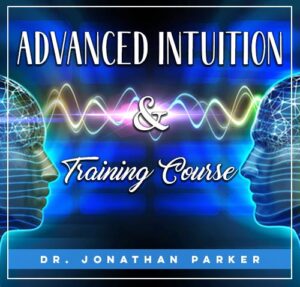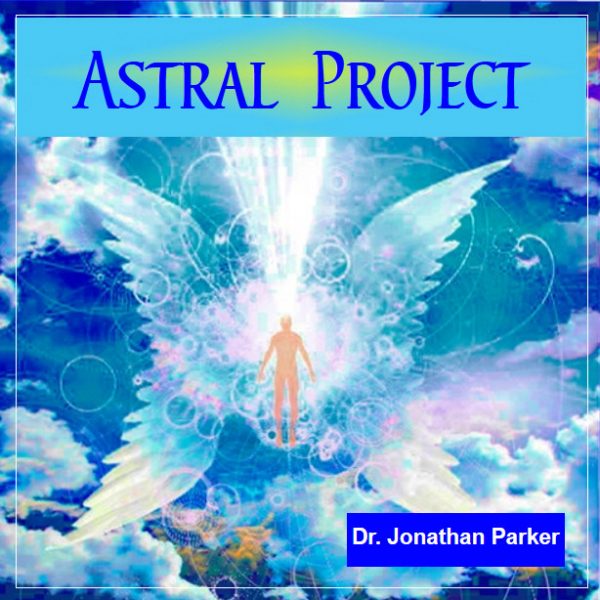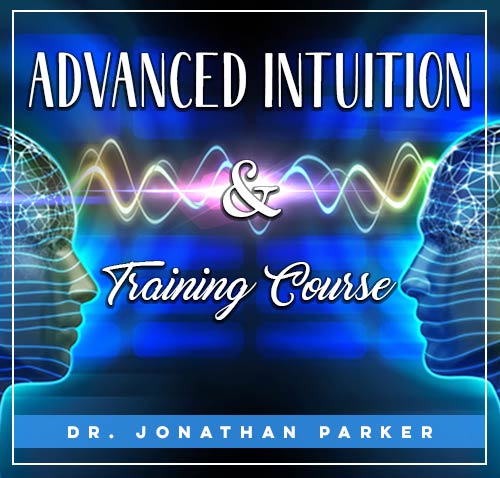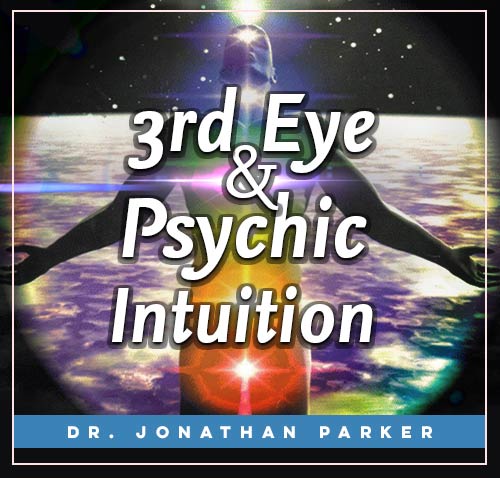Astral Projection and Dreams

Looking for more amazing products? Check out our online store and explore our collection here! Happy shopping!
Before diving in, please note: This post is for informational purposes only. If you’d like to know more about how we approach topics, feel free to check out our friendly Disclaimer Page.
Hey there, amazing readers! 
We’re committed to delivering quality posts, and your support (even just sticking around despite the ads) means everything to us. So, bear with us, and thanks for helping us keep the good vibes rolling. Now, on to the fun stuff!
TRANSLATE BUTTON AT THE END OF THE ARTICLE
A Quick Overview
Astral projection and dreams are two fascinating phenomena that have intrigued humanity for centuries.
While dreams are a common experience that occurs during sleep, astral projection involves the conscious act of leaving the physical body and traveling outside of it.
In this article, we will explore the similarities and differences between astral projection and dreams, the history and origins of astral projection, common techniques for astral projection, the benefits and risks associated with this practice, and much more.
Whether you are a skeptic or a believer, delving into the realm of astral projection and dreams can open up a world of possibilities and intrigue.
Exploring the Phenomenon of Astral Projection
Astral projection, also known as an out-of-body experience (OBE), is the practice of separating the consciousness from the physical body and traveling to different realms or dimensions.
During astral projection, individuals may feel a sense of floating, flying, or moving through different spaces.
Many people report seeing their physical body from a different perspective or encountering spiritual beings or entities during these experiences.
Astral projection is often described as a feeling of freedom and liberation from the constraints of the physical world.
While some practitioners use astral projection for spiritual exploration or self-discovery, others engage in this practice out of curiosity or a desire to explore the unknown.
Astral projection can be a deeply personal and profound experience that opens up new possibilities for understanding the nature of consciousness and reality.
Understanding the Difference between Dreams and Astral Projection
Dreams and astral projection are often confused or conflated, but they are distinct phenomena with different characteristics.
Dreams are a natural part of the sleep cycle and occur during the rapid eye movement (REM) stage of sleep.
Dreams can be vivid, emotional, and fantastical, often reflecting our subconscious thoughts, desires, and fears.
Astral projection, on the other hand, involves a deliberate and conscious act of leaving the physical body and traveling outside of it.
While dreams are often fleeting and ephemeral, astral projection experiences can be more vivid, lucid, and immersive.
During astral projection, individuals may have a heightened sense of awareness and perception, allowing them to explore other realms or dimensions beyond the physical world.
The History and Origins of Astral Projection
The practice of astral projection has a long history and can be found in various cultures and spiritual traditions around the world.
Ancient Egyptian texts, Tibetan Buddhist teachings, and Hindu scriptures all reference the concept of astral projection or out-of-body experiences.
In the Western world, astral projection has been studied and practiced by mystics, occultists, and spiritual seekers for centuries.
One of the earliest recorded instances of astral projection can be found in the writings of the Greek philosopher Plato, who described a near-death experience in which a soldier’s soul left his body and traveled to the afterlife.
Throughout history, numerous mystics and visionaries have claimed to have experienced astral projection, often using it as a tool for spiritual growth, healing, and enlightenment.
Common Techniques for Astral Projection
There are various techniques and practices that can help individuals induce an astral projection experience.
Some common methods include deep meditation, visualization, breathwork, and relaxation techniques.
By quieting the mind, entering a trance-like state, and focusing on leaving the physical body, practitioners can increase their chances of achieving an out-of-body experience.
One popular technique for astral projection is the "rope technique," where individuals imagine themselves climbing a rope out of their physical body.
By mentally visualizing the process of leaving the body and ascending into a higher realm, practitioners can facilitate the separation of consciousness from the physical form.
Other techniques involve affirmations, energy work, and working with sacred symbols or mantras to enhance the astral projection experience.
Benefits and Risks Associated with Astral Projection
Astral projection can offer a range of benefits, including spiritual insight, personal growth, and a deeper understanding of the nature of consciousness.
Many practitioners report feeling a sense of connection to something greater than themselves and gaining valuable insights into their life purpose and path.
Unlock your potential with the Advanced Intuition Training Course – start here.
Astral projection can also be a tool for healing, self-exploration, and overcoming fears or limitations.
However, there are also risks associated with astral projection, including encountering negative entities or energies, feeling disoriented or lost, and experiencing difficulty returning to the physical body.
Some individuals may also struggle with integrating their astral experiences into their daily life or may become overly attached to the astral realm, neglecting their physical well-being.
It is important for practitioners to approach astral projection with caution and mindfulness to ensure a safe and beneficial experience.
How Astral Projection Relates to Lucid Dreaming
Astral projection and lucid dreaming are two related but distinct practices that involve altered states of consciousness and awareness.
While astral projection involves consciously leaving the physical body and traveling outside of it, lucid dreaming occurs when individuals become aware that they are dreaming while still in the dream state.
Both practices offer opportunities for exploration, self-discovery, and spiritual growth, but they differ in their methods and experiences.
In lucid dreaming, individuals have the ability to control and manipulate their dream environment, interact with dream characters, and explore different realms or scenarios.
Lucid dreaming can be a powerful tool for overcoming fears, improving problem-solving skills, and enhancing creativity.
Astral projection, on the other hand, allows individuals to explore realms beyond the physical world, connect with spiritual beings or guides, and gain insights into the nature of reality and consciousness.
Scientific Studies on Astral Projection
While astral projection is often considered a mystical or spiritual practice, some scientific studies have attempted to explore and understand the phenomenon from a psychological or neurological perspective.
Research on out-of-body experiences, near-death experiences, and altered states of consciousness has shed light on the underlying mechanisms of astral projection and its potential effects on the brain and mind.
One study published in the journal "Frontiers in Human Neuroscience" found that individuals who reported having out-of-body experiences during near-death experiences showed decreased activity in the temporoparietal junction, a brain region associated with self-awareness and body representation.
Other studies have suggested that astral projection experiences may be linked to changes in brain waves, altered states of consciousness, and shifts in perception and cognition.
Debunking Myths about Astral Projection
Astral projection is often shrouded in mystery and misconceptions, leading to a number of myths and misunderstandings about the practice.
One common myth is that astral projection is dangerous or harmful, leading to negative psychological or spiritual consequences.
While astral projection can be intimidating or challenging for some individuals, it is generally considered safe when practiced with mindfulness, intention, and respect for the process.
Another myth about astral projection is that it is only accessible to gifted or psychic individuals with special abilities.
In reality, astral projection is a skill that can be developed and cultivated through practice, patience, and dedication.
Anyone can learn to astral project with the right mindset, techniques, and guidance, regardless of their background, beliefs, or experiences.
Personal Experiences with Astral Projection
Many individuals who have practiced astral projection report profound and transformative experiences that have had a lasting impact on their lives.
Some people describe meeting spiritual guides or higher beings during astral projection, receiving messages or insights that have helped them navigate challenges or make important decisions.
Others report feeling a sense of peace, connection, and purpose after their astral experiences.
One common theme among astral projection practitioners is the feeling of expanded awareness and consciousness that comes with leaving the physical body.
Many people describe a sense of freedom, clarity, and wonder during astral projection, as they explore realms beyond the limitations of the physical world.
While not every astral projection experience is positive or transcendent, many individuals find value and meaning in their out-of-body experiences.
Enhancing Your Dream Recall for Astral Projection
Improving your dream recall can be a helpful tool for enhancing your astral projection experiences.
Keeping a dream journal, practicing mindfulness, and setting intentions before sleep can all help increase your awareness of your dreams and astral experiences.
By paying attention to the details of your dreams, emotions, and sensations, you can develop a deeper connection to your subconscious mind and the astral realm.
Some techniques for enhancing dream recall include setting a regular sleep schedule, avoiding stimulants before bed, and creating a peaceful sleep environment.
By prioritizing your dreams and giving them the attention they deserve, you can cultivate a stronger connection to your inner world and the realms of consciousness that lie beyond the physical realm.
Dream recall can be a valuable tool for exploring the depths of your psyche and unlocking the mysteries of the astral realm.
The Spiritual and Metaphysical Aspects of Astral Projection
Astral projection is often viewed as a spiritual or metaphysical practice that offers insights into the nature of reality, consciousness, and existence.
Many spiritual traditions and esoteric teachings embrace astral projection as a means of connecting with higher realms, spirit guides, and universal wisdom.
By exploring the astral realm, individuals can gain a deeper understanding of their soul’s journey, purpose, and connection to the divine.
Some practitioners believe that astral projection is a form of soul travel or astral travel that allows the consciousness to explore different dimensions, planes of existence, and states of being.
By leaving the physical body behind and venturing into the astral realm, individuals can experience a sense of unity, oneness, and interconnectedness with all of creation.
Astral projection is a tool for spiritual growth, self-discovery, and awakening to the infinite possibilities of the cosmos.
Tips for Safely Practicing Astral Projection
While astral projection can be a profound and enlightening experience, it is important to approach this practice with care and caution.
Here are some tips for safely practicing astral projection:
Start with meditation: Cultivate a regular meditation practice to quiet the mind, increase focus, and prepare for astral projection.
Set clear intentions: Before attempting astral projection, clarify your goals, intentions, and reasons for exploring the astral realm.
Practice grounding techniques: Stay connected to your physical body and the earth by practicing grounding exercises, such as deep breathing or visualization.
Protect your energy: Visualize a protective shield of light around yourself before astral projecting to ward off negative energies or entities.
Have a support system: Connect with other practitioners, mentors, or guides who can offer support, guidance, and insights into astral projection.
Trust your intuition: Listen to your inner guidance and intuition during astral projection experiences, and follow your instincts to ensure a safe and positive journey.
Practice self-care: Take care of your physical, emotional, and spiritual well-being before, during, and after astral projection to maintain balance and harmony in your life.
By following these tips and approaches, you can enhance your astral projection experiences and embark on a journey of self-discovery, spiritual growth, and cosmic exploration.
Conclusion
In conclusion, astral projection and dreams are powerful tools for exploring the depths of consciousness, connecting with higher realms, and gaining insights into the nature of reality.
Whether you are a seasoned practitioner or a curious beginner, delving into the realms of astral projection and dreams can offer a wealth of possibilities for personal growth, spiritual awakening, and self-discovery.
By approaching astral projection with mindfulness, intention, and respect for the process, you can unlock new dimensions of awareness, insights, and experiences that can enrich your life and expand your understanding of the universe.
Embrace the journey of astral projection with an open heart and a curious mind, and let the mysteries of the cosmos reveal themselves to you in profound and transformative ways.

The Enlightenment Journey is a remarkable collection of writings authored by a distinguished group of experts in the fields of spirituality, new age, and esoteric knowledge.
This anthology features a diverse assembly of well-experienced authors who bring their profound insights and credible perspectives to the forefront.
Each contributor possesses a wealth of knowledge and wisdom, making them authorities in their respective domains.
Together, they offer readers a transformative journey into the realms of spiritual growth, self-discovery, and esoteric enlightenment.
The Enlightenment Journey is a testament to the collective expertise of these luminaries, providing readers with a rich tapestry of ideas and information to illuminate their spiritual path.
Our Diverse Expertise
While our primary focus is on spirituality and esotericism, we are equally passionate about exploring a wide range of other topics and niches 

To ensure we provide the most accurate and valuable insights, we collaborate with trusted experts in their respective domains 
Our blog originally focused on spirituality and metaphysics, but we’ve since expanded to cover a wide range of niches. Don’t worry—we continue to publish a lot of articles on spirituality! Frequently visit our blog to explore our diverse content and stay tuned for more insightful reads.
Hey there, amazing reader! 
Check out our store here and take a peek at some of our featured products below! Thanks for being awesome!















